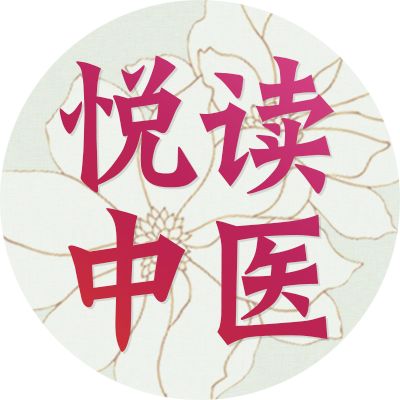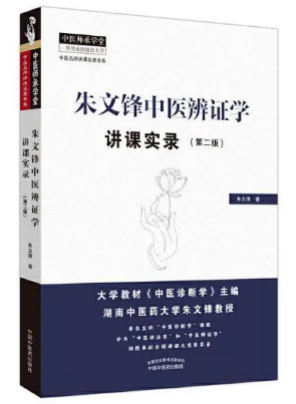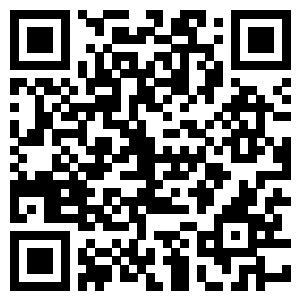 Daily TCM Insights at 11:30 AM
Daily TCM Insights at 11:30 AM
Authoritative knowledge in Traditional Chinese Medicine
If you like it, please give me a star
Editor’s Note
In Traditional Chinese Medicine (TCM), the principle of differentiation of syndromes is crucial. The symptoms and signs of the body serve as important evidence in this differentiation. However, did you know that our bodily manifestations can sometimes be misleading? Take the basic concepts of “deficiency” (xu) and “excess” (shi) for example; what we observe may be completely opposite to the actual situation. Today, let us follow Teacher Zhu Wenfeng to learn how to accurately identify the truth behind deficiency and excess.
As stated in the “Huangdi Neijing” (Inner Canon of Huangdi): “When there is extreme deficiency, there may be signs of excess; when there is extreme excess, there may be signs of deficiency.” In cases of extreme deficiency, one may exhibit signs of fullness; conversely, a case of extreme excess may present with emaciation and weakness.
1. True Excess with False Deficiency
This refers to a condition that is fundamentally an excess syndrome, yet presents with certain signs of deficiency. A true excess syndrome can show signs of deficiency, such as in cases of malnutrition, abdominal distension, or cancer patients, where pathogenic factors like stasis of blood, cancerous tissues, or parasites accumulate internally, leading to a seemingly emaciated appearance.
What are the manifestations of true excess with false deficiency?Fatigue, calmness, emaciation, and a thin pulse. A patient with a true excess syndrome should not have a thin pulse; they should be relatively strong and exhibit vigorous reactions, not fatigue or calmness. We have discussed that the characteristics of excess syndromes are clear and vigorous reactions, while these symptoms are not obvious or vigorous, indicating a mismatch with a true, pure excess syndrome. Other manifestations may include a loud voice, coarse breathing, abdominal hardness, and a strong pulse. In true excess conditions, there may be pathogenic factors leading to abdominal hardness, but it does not necessarily mean a strong pulse or loud voice. Therefore, the so-called true excess with false deficiency and true deficiency with false excess often indicates a mixture of deficiency and excess, rather than an absolute deficiency or excess. In reality, there is internal stagnation, blockage of meridians, and poor circulation of qi and blood, leading to true deficiency. This condition may be caused by excess leading to deficiency, and it cannot be said that excess is truly excess or deficiency is truly deficiency; it is possible that the pulse is weak, and the voice may not be loud. Some patients may be reluctant to speak due to internal pathogenic factors, but when they do speak, they may be surprisingly articulate. Strictly speaking, this is a syndrome of mixed deficiency and excess, where excess leads to deficiency, and the manifestations are mixed.
The reason for this is the accumulation of pathogenic factors, leading to internal stagnation, which obstructs the flow of qi and blood. Due to poor circulation, the body does not receive nourishment, thus exhibiting deficiency symptoms.

2. True Deficiency with False Excess
This fundamentally refers to a deficiency syndrome that presents with certain signs of excess. For example, patients with kidney qi deficiency may experience weak qi transformation, leading to urinary retention and severe edema, which may appear as excess. Patients with lung distension may exhibit difficulty breathing while sitting, with a swollen appearance, which is not true swelling but rather a manifestation of lung distension. Is this excess or deficiency? It is certainly deficiency. Deficiency-related constipation, inability to pass stool; amenorrhea, which seems to be a blockage, is due to insufficient qi and blood; during the moment of clarity before death, a patient may appear lucid, wanting to see loved ones and communicate important messages, but this is not the truth; it is true deficiency with false excess.

True deficiency with false excess can manifest as abdominal fullness, shortness of breath, and difficulty with urination and defecation, but there are conditions: abdominal fullness may decrease, shortness of breath may not necessarily be rapid breathing, but rather an inability to catch one’s breath, and there will be fatigue and a weak pulse, indicating a deficiency syndrome.
Why do these issues arise?Due to the decline of righteous qi, deficiency of yin and blood, and inability to transform and transport, leading to stagnation of qi. Why is there difficulty in passing stool? Why is there shortness of breath? Most often due to the decline of righteous qi and poor transformation. Why is there urinary retention? It may be due to kidney yang not transforming qi or water. Why is there constipation? It may be due to spleen deficiency or insufficient central qi. Why is there amenorrhea? Due to deficiency of yin and blood, as there is simply no blood. These symptoms arise from the decline of righteous qi and inability to transform, leading to stagnation of qi.

3. Differentiating True and False Deficiency and Excess
The differentiation of true and false deficiency and excess mainly focuses on several aspects. There are many opinions, first is the strength or weakness of the pulse, which is a very important aspect. If the pulse appears strong, it should be considered primarily as excess; however, some patients may not necessarily have a strong or weak pulse, but rather a moderate strength. Second is the condition of the tongue, whether it is old or tender, an old tongue body is mostly associated with excess syndromes, while a tender tongue body is mostly associated with deficiency syndromes, or primarily deficiency syndromes.
I believe that the differentiation of true and false deficiency and excess is actually a matter of primary and secondary. Deficiency can lead to excess, and excess can lead to deficiency; it is merely a distinction of sequence and importance, not a distinction of truth and falsehood. The condition of the body, the overall situation, and the duration of the illness are all important bases for determining whether deficiency or excess is primary. Deficiency and excess syndromes are often mixed, indicating that it is not a true distinction of truth and falsehood, but rather a mixture, with aspects of true deficiency and aspects of true excess. Therefore, whether it is true excess with false deficiency or true deficiency with false excess, both deficiency and excess are real; in fact, patients exhibit both deficiency and excess manifestations.

The so-called true excess with false deficiency may indicate that there is excess first, followed by deficiency, with excess being primary and deficiency being secondary; true deficiency with false excess may indicate that deficiency occurs first, followed by excess, with deficiency being primary and excess being secondary. It is difficult to distinguish between mixed deficiency and excess and true and false deficiency and excess. As previously mentioned, the mixed syndromes include mixed cold and heat, mixed deficiency and excess, and mixed deficiency and excess refers to the mixture of deficiency and excess. The discussion of true and false deficiency and excess is actually about mixed deficiency and excess, rather than a simple distinction of truth and falsehood; both are real. In clinical practice, it is essential to discern the severity, importance, and sequence of these conditions, understanding which is primary and which is secondary, the causal relationship, and the order of occurrence, whether deficiency leads to excess or excess leads to deficiency, which is a relationship of cause and effect and primary and secondary. Therefore, true and false deficiency and excess are not a true distinction of truth and falsehood, but rather a relationship of mixture, complexity, primary and secondary, severity, and causation. Recommended Reading
Recommended Reading
The national-level planned textbook “Traditional Chinese Medicine Diagnosis” edited by Professor Zhu Wenfeng, featuring live recordings of his lectures, will help you systematically grasp the key points of TCM differentiation.


“Lecture Notes on TCM Differentiation by Zhu Wenfeng (Second Edition)”
Click on the cover to enter the Yuyijia TCM Academy to purchase this book
Scan to read for freePrevious Highlights
“Depression” is the source of all diseases; how to use medicine to resolve it
This common Chinese herb contains profound philosophical principles from Mencius
What are the “secret techniques” in TCM proctology for treating anal fistula?
 Copyright Statement
Copyright Statement
Some content of this article is selected from “Lecture Notes on TCM Differentiation by Zhu Wenfeng (Second Edition)” (published by China Traditional Chinese Medicine Press, authored by Zhu Wenfeng), with all rights reserved by the original author. This article is recommended for publication by Yue Du Zhong Yi (WeChat ID: ydzhongyi). The cover and images in the text are sourced from Shetu Network, with copyright belonging to the original author. If there is any infringement, please contact for deletion. Unauthorized reproduction is prohibited!


 Click“Read Original”to purchase the recommended bookGood articles must be “liked”
Click“Read Original”to purchase the recommended bookGood articles must be “liked”

